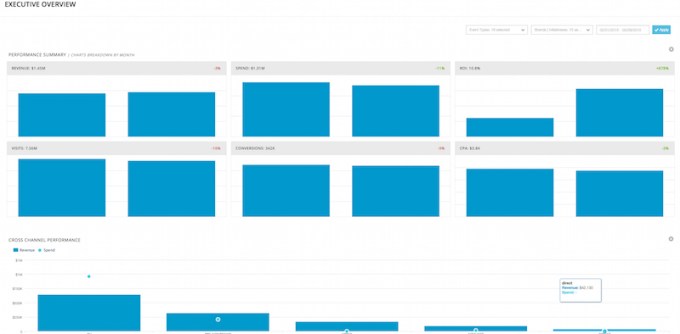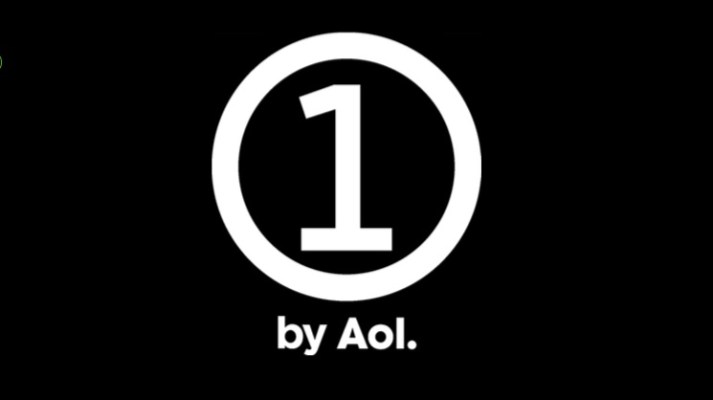More than a year ago, AOL executives Tim Armstrong and Bob Lord first publicly outlined their plans to unify AOL’s various ad products as a single platform called One. Today that platform is actually launching.
The company bills One (or, to use the full name, One by AOL) as the platform where advertisers can optimize their ad campaigns across channels including video, display, and television. A big piece of that launch involves rebranding AOL’s existing programmatic ad products, so Adap.tv is now known as One by AOL: Video; the AdLearn Open Platform is now known as One by AOL: Display; and Convertro is now known as One by AOL: Attribution. (Like TechCrunch, Adap.tv and Convertro were both startups acquired by AOL.)
Nonetheless, Seth Demsey, the chief technology officer for AOL Platforms, said the past year has been spent writing new code, and he estimated that 50 percent of One represents new technology, both with features like multi-touch attribution (tracking how different ads on different screens can contribute to a purchase), and in “componentizing” the platform so that in the future, new products can be plugged in easily.
AOL has become increasingly focused on programmatic advertising (where the ad-buying process is managed by technology and algorithms). In fact, the shift to programmatic was one of the reasons given for the company’s restructuring and layoffs earlier this year.
Demsey highlighted a few key features that he said set One apart, including the simplification of bringing all ad channels and data sources into one interface; the single, unified view it provides for each consumer; its speed (he showed me how to create a new audience segment and launch a campaign targeting that segment within a couple of minutes); the fact that it can offer premium advertising at scale, thanks in part to personalization capabilities; and its openness.

That last point was probably the biggest one, with Demsey contrasting AOL’s approach with the “walled gardens” of Google and Facebook. (He previously worked at Google.) Of course, “open” is a buzzword that gets thrown around a lot — what really makes AOL more open? Demsey said the litmus test is “full fidelity of data, in and out” of the platform, meaning that advertisers should be able to take all their data from One to whatever platform or product they choose.
Early users of One include Intuit and ad agency Havas. Demsey noted that different customers will use One in different ways — each product can be used individually, and Demsey said AOL can offer One through a completely self-serve model; through full service, with AOL managing the campaigns for its customers; and everything in between.
“This is as much a technological revolution as it is a culture and process revolution,” Demsey added — meaning that one of the big challenges involves convincing everyone in an organization to use these tools. So AOL has also had to refine how it brings customers on-board, and that’s also why a more full-service approach can be important.
Finally, Demsey noted that the initial launch consists of advertiser tools, but there’s technology for publishers in the works, too.
